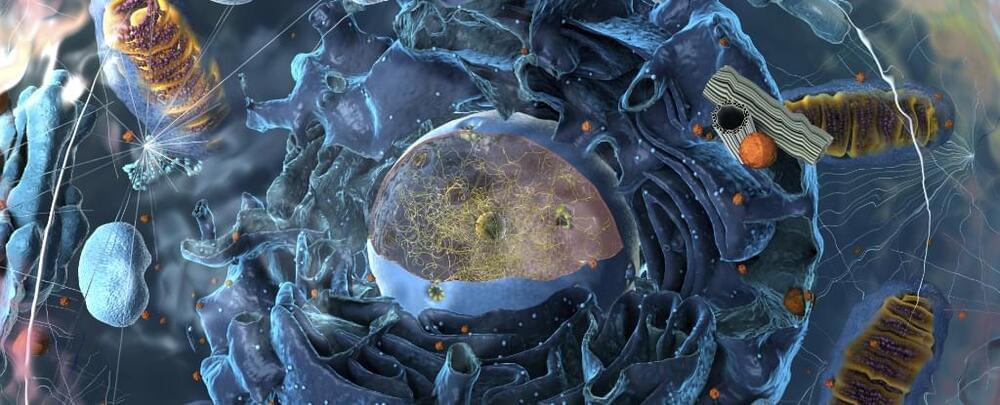Think back to that basic biology class you took in high school. You probably learned about organelles, those little ‘organs’ inside cells that form compartments with individual functions.
For example, mitochondria produce energy, lysosomes recycle waste and the nucleus stores DNA. Although each organelle has a different function, they are similar in that every one is wrapped up in a membrane.
Membrane-bound organelles were the textbook standard of how scientists thought cells were organized until they realized in the mid-2000s that some organelles don’t need to be wrapped in a membrane.
